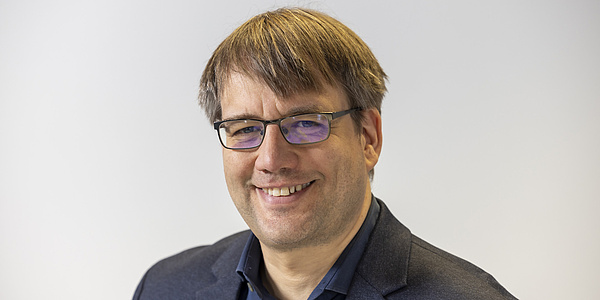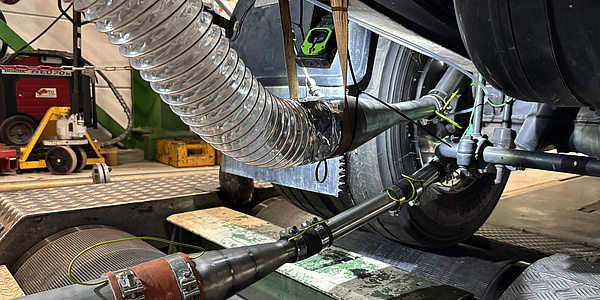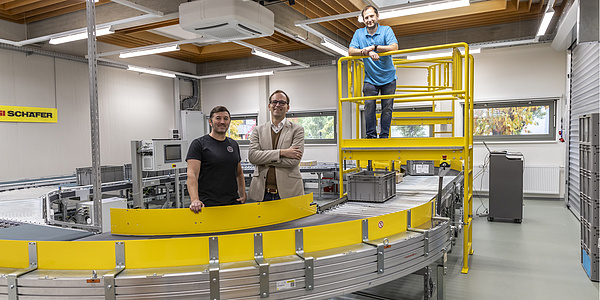Simulations for research into fusion
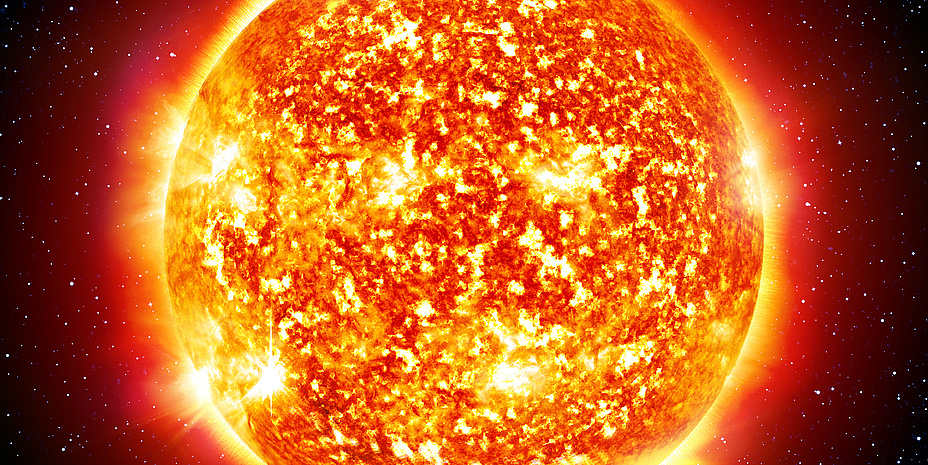
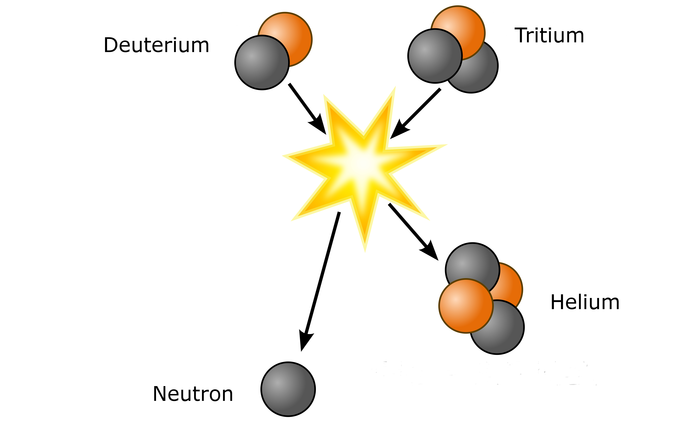
The sun as a guiding star
The model of the sun, however, is very difficult to copy. Unimaginable pressures of over 20 quadrillion (20 x 1015) Pascal reign in giant plasma balls. Only these pressures can overcome the electric repulsive forces and thus lead to nuclear fusion. To fuse nuclei on the Earth, the temperatures in the fusion reactor have to be very high. And scientists can already kindle the fire: the temperature of the plasma necessary for ignition can be achieved by bombarding it with microwaves, among other methods. However, the hot plasma must be kept stable over a long period in order to be able to generate electricity in a power station in the future. Currently, this is not possible.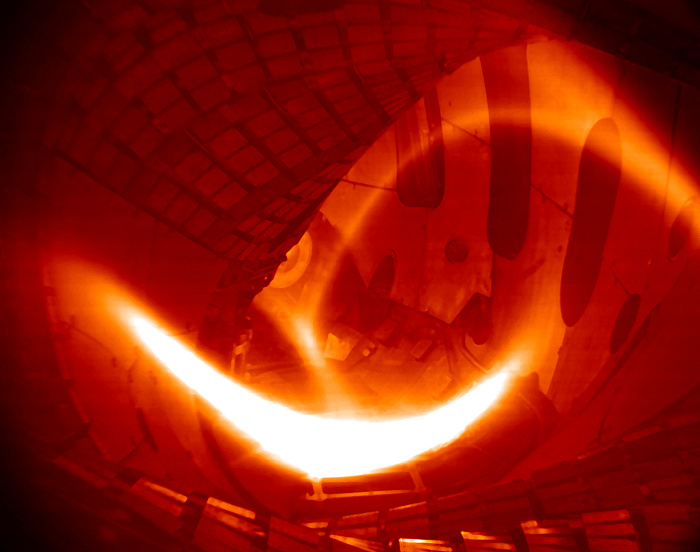
Basic research
“The plasma consists of a huge number of charged particles which influence each other reciprocally. It is only possible to predict its behaviour in detail if you understand the physics of the system,” explains Winfried Kernbichler from the Institute of Theoretical and Computational Physics at TU Graz. Together with doctoral student Gernot Kapper, he is currently involved with models and simulations of transport in plasma in order to understand the behaviour of plasma gas better. Among other things, they provide simulation data to calculate the microwave heat and the confinement of fast particles in the plasma of Wendelstein 7-X, which is an experimental stellarator-type plant at the Max-Planck Institute for Plasma Physics at Greifswald, Germany, which was put into operation at the end of 2015. Wendelstein 7-X is meant to basically demonstrate whether hydrogen-isotope fusion can be harnessed for the industrial generation of electricity.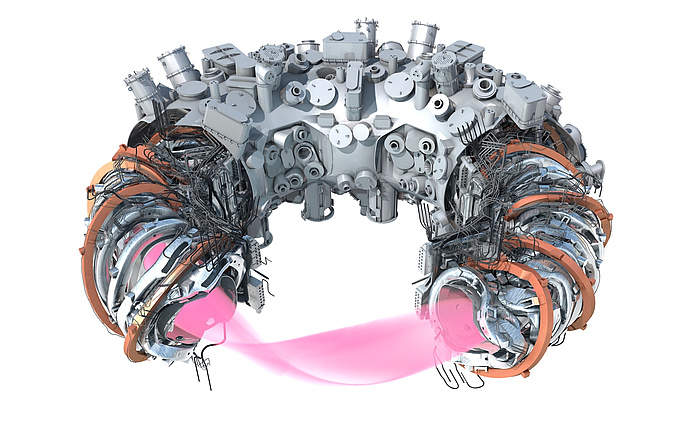
A look into the future
Perfecting the physical principles theoretically and experimentally for a fusion power station will occupy the plasma physicists for some time. Parallel to this, special technologies necessary for a fusion power station will be further developed, for instance for heating the plasma and the development of suitable materials. The research group at TU Graz is also participating in the field of the second promising magnetic confinement concept – the so-called tokamak – with theoretical and numerical simulations. The worldwide results of both research approaches should finally result in the best possible fusion reactor, which could be realised in a few decades.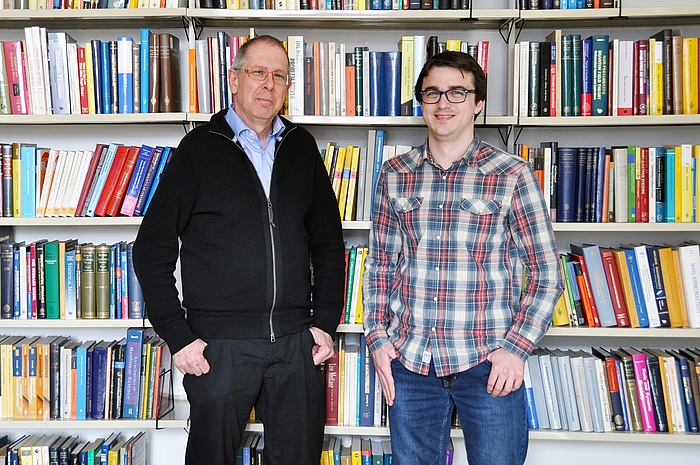
Kontakt
Ass.Prof. Dipl.-Ing. Dr.techn.
Institute of Theoretical and Computational Physics
Petersgasse 16
8010 Graz, Austria
Phone: +43 316 873 8182
<link int-link-mail window for sending>winfried.kernbichler@tugraz.at
